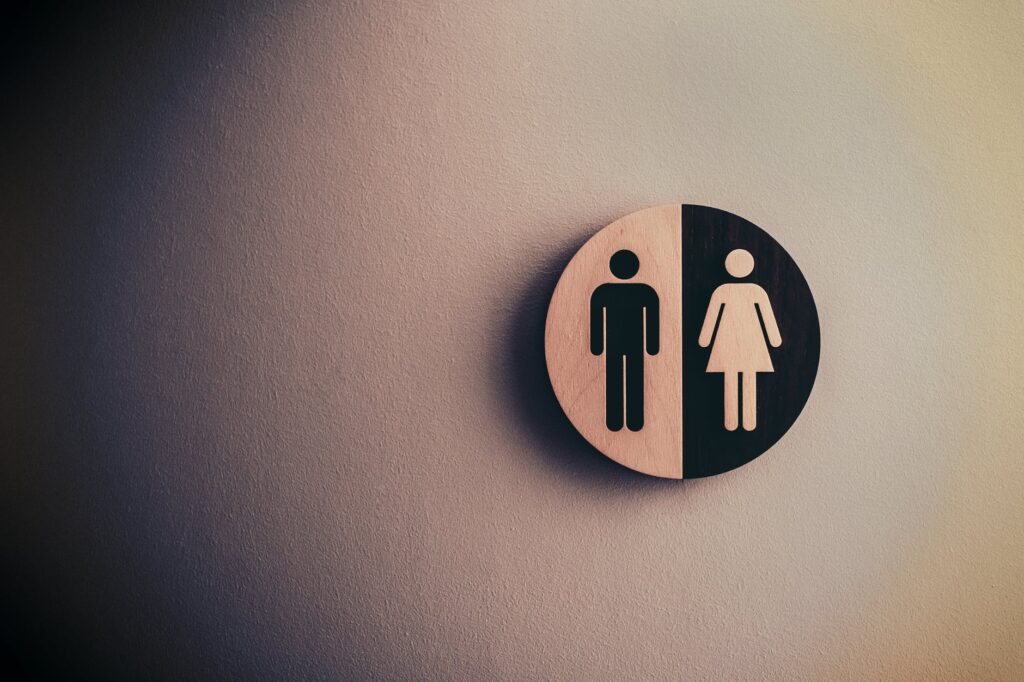Gender is a complex variable that is a part of social, cultural, economic and political contexts. Gender refers to socially constructed differences between men and women, whereas Sex refers to biological differences between men and women. Being socially constructed, gender differences vary depending on age, marital status, religion, ethnicity, culture, race, class/caste and so on. Sexual differences very little across these variables.
Why is Gender Relevant for Development?
Development practitioners and social movement activists are looking at disparities that exist in male and female rights, responsibilities, access to and control over resources, and voice at household, community and national levels. Men and women often have different priorities, constraints and preferences with respect to development and can contribute to, and be affected differently by, development projects and campaigning interventions. To enhance effectiveness, these considerations must be addressed in all program and campaign design and interventions. If such considerations are not addressed thoughtfully and adequately, these interventions can lead not only to inefficient and unsustainable results, but may also exacerbate existing inequities.
Historical trends in integrating gender into development
An early approach involved targeting women by project design and interventions which focused on women as a separate group. This was commonly referred to as WID (Women in Development).Critics of this approach pointed out that this did not address men,and a later model usually referred to as GAD (Gender and Development) concentrated more on project design and interventions that were focused on a development process that transforms gender relations.This aimed to enable women to participate on an equal basis with men in determining their common future.
The Gender Equality approach is therefore about men and women and is thus a more comprehensive approach to analysis and design of development interventions because it takes into account the situation and needs of both men and women . It aims to involve both women and men in addressing their development problems,to reform institutions to establish equal rights and opportunities,and to foster economic development which strengthens equal participation. Such an approach aims to redress persistent disparities in access to resources and the ability to speak out.
It has also been recognised by specialists and activists in this field that the behaviour of men needs to be addressed in the context of gender work. Unless men challenge themselves as to the ways in which their own behaviour, attitudes and upbringing perpetuates gender inequality, gender injustice and gender violence, nothing will change. For more than two decades now, a growing number of programmes addressing these issues have been developed in various parts of the world and the learning shared and adapted to new contexts. Among the most well known have been the programmes of Puntos de Encuentro and Cantera in Nicaragua, and its programmes on male behaviour change.
Another example, Stepping Stones, a small group intervention using participatory learning to help improve sexual health, began in Uganda but was adapted for different countries across sub-Saharan Africa including Gambia, Ghana,Kenya, South Africa,Tanzania and Zambia, as well as for the Philippines. Its community training package “aims to encourage communities to question and rectify the gender inequalities that contribute to HIV/AIDS, gender based violence and other issues” and again focussed on behaviour change.
